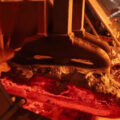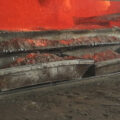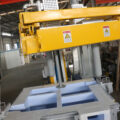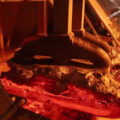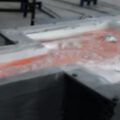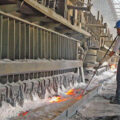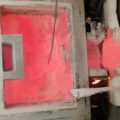Melt purification and modification treatment methods can significantly affect the properties of the alloy, especially the toughness and electrical conductivity. Research and develop various advanced melt purification and modification treatment technologies, focusing on solving the problem of low ingot metallurgical quality.
With the development of the automobile industry, more and more aluminum alloy castings are used, and the requirements for castings are also getting higher and higher. In addition to the requirements to ensure chemical composition, mechanical properties and dimensional accuracy, aluminum alloy castings are not allowed to have casting defects such as shrinkage holes, pores, and slag holes. The purification of molten aluminum is one of the measures to ensure high-quality aluminum alloy products, and it is also the main method to improve the overall quality of aluminum alloys. The refining effect of molten aluminum has an important influence on the formation of pores, shrinkage cavities and inclusions, and directly affects the physical and mechanical properties of aluminum alloy castings. Without high-quality molten aluminum, even if the subsequent processing is advanced, defects will always exist in the product once they occur, and high-quality castings are difficult to obtain. Therefore, we must pay attention to the gas and inclusions in the molten aluminum, and take measures to remove the gas and inclusions in the molten aluminum.
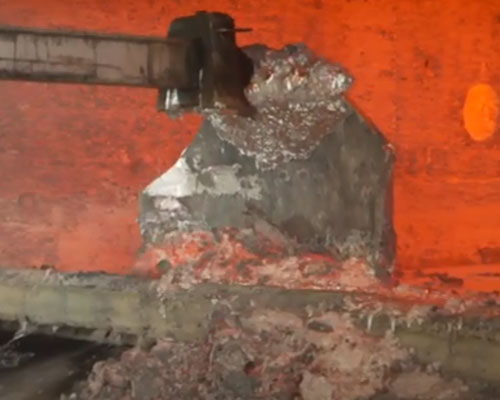
At present, the melt purification treatment methods include: melt standing in the furnace + solvent treatment, inert gas + chlorine treatment, powder spraying and refining treatment. The purification treatment methods outside the furnace include online degassing treatment, CFF (Ceramic Foam Filter) filtration method, etc.
Our company’s aluminum melt online purification system has an ingenious concept and a unique structure, and has a better effect on hydrogen removal and slag removal. The hydrogen removal rate can reach more than 70%, and 99% of the inclusions with a particle size greater than 20um can be removed. It is the most advanced aluminum melt refining technology, and can provide large-scale high-quality ingots for the production of high-performance aluminum alloy thick plates.
In addition, the methods of adding trace elements and Sr modifiers, and their interaction with other elements in aluminum alloys are also worthy of attention. Because they affect the formation of primary coarse-grained compounds in the ingot, which in turn affects their morphology and distribution in the structure, and has a serious impact on the properties of the alloy.

